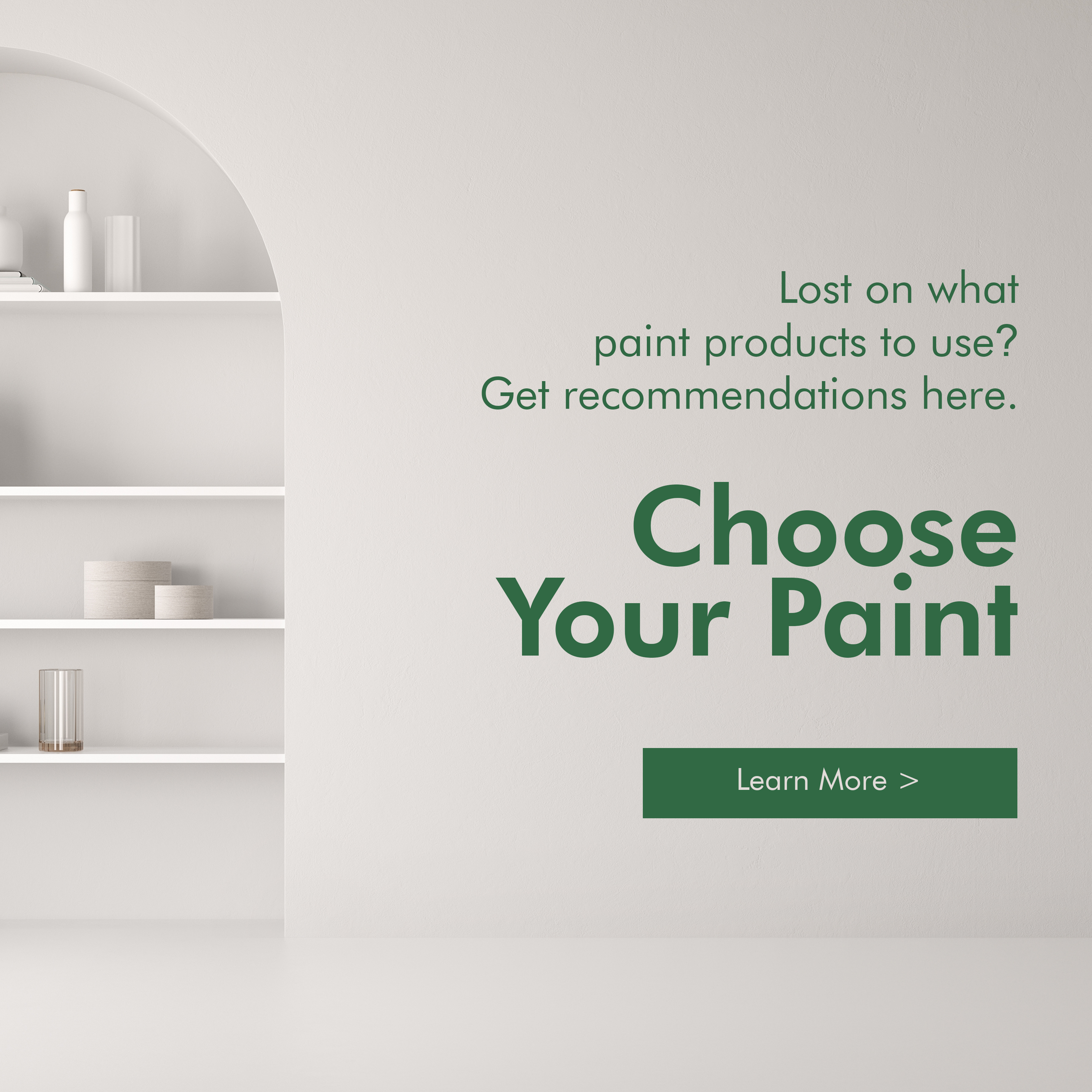Painting Tips
After the Storm
REPAINTING AFTER A STORM

Whether it’s a leak from the ceiling or a flood borne damage, a home or building affected by a storm is one stressful situation. And while the automatic reaction is to clean, fix and repaint as fast as you can, it would be better to follow proper procedures to get the job done faster, safer and more efficiently.
Here are some tips on what to do and what products to use to bring your home or building back in tip-top shape.
Exterior
EXTERIOR WALLS
Start by cleaning the surface with soap and water. Use hose and scrub to remove mud and silt from the wall. It is recommended that the cleaning be done immediately as delaying would make the process more difficult.
Treat mildew growth with disinfectants or a 1:3 solution of laundry bleach to water, respectively. Let stay for twenty-four (24) hours then wash off residue with water. Allow all cleaned surfaces to dry before painting.
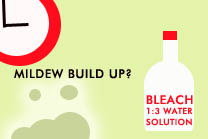
Once the exterior area is dry, remove all loose, scaling, flaking and peeling off paint. Let dry. Putty small cracks with BOYSEN® Acrytex™ Cast #1711 or BOYSEN® Plexibond™ #7760 for mortar patching. Apply corrective civil works for larger cracks.
For chalking old paint, cover all areas with one (1) layer of BOYSEN® Chalk Blocker™ #7304. Let dry for two (2) hours before applying the topcoat.
You may use the following products to finish the job:
- BOYSEN® KNOxOUT™ Air Cleaning Paint
- BOYSEN® Elasti-Kote™ Elastomeric Wall Covering
- BOYSEN® Acrytex™
- BOYSEN® Wallguard™ Dirt Resisting Latex
- BOYSEN® Permacoat™ Latex
- Titan Superflex™ Elastomeric Paint
GATES & FENCES
Remove all loose, scaling, flaking and peeling off paint. Remove rust by sanding, wire brushing and as necessary, use BOYSEN® Metal Etching Solution #71 only on the rusted portion. Let it stay for 10-15 minutes. Clean the area then apply a coat of metal primer on treated portions, bare substrate, and chalky areas.
Treat mildew growth with disinfectants or a 1:3 solution of laundry bleach to water, respectively. Let stay for twenty-four (24) hours then wash off residue with water. Allow all cleaned surfaces to dry before painting.
You may use the following products to finish the job:
- BOYSEN® Acqua Epoxy™
- BOYSEN® Acrytex™
- BOYSEN® Roofgard™
- BOYSEN® Quick Drying Enamel
- NATION® Dura-Roof™ Paint
- NATION® Fast Dry Enamel
DRIVEWAYS
Start by cleaning the surface with soap and water. Use hose and scrub to remove mud and silt from the wall. Treat mildew growth with disinfectants or a 1:3 solution of laundry bleach to water, respectively. Let stay for twenty-four (24) hours then wash off residue with water. Allow all cleaned surfaces to dry before painting.
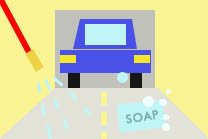
You may use the following products to finish the job:
WOODEN DECKS
Treat mildew growth with disinfectants or a 1:3 solution of laundry bleach to water, respectively. Let stay for twenty-four (24) hours then wash off residue with water. Allow all cleaned surfaces to dry before painting. If repainting, remove loose paint by wire brushing, scraping, or by using BOYSEN® Paint & Varnish Remover #141, as necessary.
You may use the following products to finish the job:
Interior
INTERIOR WALLS
Immediately clean affected areas with soap and water. Use hose and scrub to remove mud and silt from the wall. Remove all wall coverings like wallpapers. Doing so will give you a better idea of what needs to be repaired, replaced or thrown out. For sections made out of gypsum boards, replacement may be necessary. It is recommended that the cleaning be done immediately as delaying would make the process more difficult.
Treat mildew growth with disinfectants or a 1:3 solution of laundry bleach to water, respectively. Let stay for twenty-four (24) hours then wash off residue with water. Allow all cleaned surfaces to dry before painting.
Remove all loose, scaling, flaking and peeling off paint by wire brushing, scraping or by using BOYSEN® Paint and Varnish Remover #141, as necessary. Let dry. Putty small cracks with BOYSEN® Acrytex™ Cast #1711. Apply corrective civil works for larger cracks.
For chalking old paint, cover all areas with one (1) layer of BOYSEN® Chalk Blocker™ #7304. Let dry for two (2) hours before applying the topcoat.
You may use the following products to finish the job:
- Virtuoso™ Silk Touch™
- BOYSEN® Healthy Home™ Odor-less Antibacterial Latex Paint
- BOYSEN® Permacoat™ Latex
- BOYSEN® Permatex™ #3101
- BOYSEN® DECORe™ Classic
- BOYSEN® DECORe™ Suede™
- BOYSEN® DECORe™ Perlescente™
- BOYSEN® Marmorino™ Italian Marble Finish
- NATION® Latex
CEILINGS
Even though floodwater may not have reached the ceiling, some swelling may be triggered due to moisture absorption. In the occurrence of any of the following situations: discoloration, bulging look, soft and cold to touch feel, there is some damage and replacement may be necessary.
For recoverable materials, clean them using soap and water. Treat mildew growth with disinfectants or a 1:3 solution of laundry bleach to water, respectively. Let stay for twenty-four (24) hours then wash off residue with water. Allow all cleaned surfaces to dry before painting.
You may use the following products to finish the job:
- BOYSEN® Permacoat™ Latex
- Virtuoso™ Silk Touch™
- BOYSEN® Healthy Home™ Odor-less Antibacterial Latex Paint
- BOYSEN® Permatex™ #3101
- BOYSEN® DECORe™ Classic
- BOYSEN® DECORe™ Suede™
- BOYSEN® DECORe™ Perlescente™
- NATION® Latex
INTERIOR FLOORS
Immediately clean affected areas with soap and water. Use hose and scrub to remove mud and silt from the wall. Remove all coverings such as vinyl or carpets to minimize bacterial growth and to allow the drying process to begin. A general rule is to remove and replace water damaged flooring as they may have absorbed water and undergo swelling. It is recommended that the cleaning be done immediately as delaying would make the process more difficult.
For recoverable materials and concrete floors, clean them using soap and water. Treat mildew growth with disinfectants or a 1:3 solution of laundry bleach to water, respectively. Let stay for twenty-four (24) hours then wash off residue with water. Allow all cleaned surfaces to dry before painting.
You may use the following products to finish the job:
Other Home Concerns
FURNITURE
If no swelling is apparent, wood furniture may be recovered. Clean them using soap and water. Treat mildew growth with disinfectants or a 1:3 solution of laundry bleach to water, respectively. Let stay for twenty-four (24) hours then wash off residue with water. Allow all cleaned surfaces to dry before painting.
Remember to open drawers, but do not disassemble as it may cause possible distortion.
You may use the following products to finish the job:
- BOYSEN® Clear Gloss Lacquer #1250
- BOYSEN® Automotive Lacquer #1300
- BOYSEN® Quick Drying Enamel
- BOYSEN® Oil Wood Stain
- BOYSEN® Xyladecor™
- Hudson® Polyurethane Floor Varnish Topcoat
- Hudson® Timber Coat Polyurethane Water-Based Wood Coating
ELECTRICAL EQUIPMENT AND APPLIANCES
As a rule of thumb, if submerged in floodwaters, do not attempt to use appliances until a professional has checked the motor and controls. Remember that dirt in motors and switches can cause damage and electrical shock – it is better to be sure, to be safe!
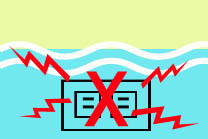
For outlets, switch boxes and breakers; do not use them until an electrician or a professional has inspected them. Remember that wet dirt is an excellent conductor of electricity, thus are dangerous to touch.
Tips and Tools
WHEN SHOULD CLEAN-UP EFFORTS START?
Clean-up efforts can begin as soon as the storm has stopped and when floodwaters have receded to the point that it is no longer standing in your home or building.
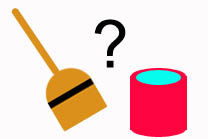
WHAT TO DO BEFORE BEGINNING ANY WORK?
- Make sure that the gas, electricity and any fuel taps have been turned off.
- Make sure that any appliance has been disconnected.
- Take pictures to document and record damages – this can be useful for insurance claims and other uses
WHAT ARE THE THINGS THAT YOU MAY NEED?
- Basic toolbox – saw, hammer, screwdriver, etc.
- Cleaning materials – brooms, mops, scrubbing brushes, buckets, detergents, disinfectants and trash bags
- Protective clothing – rubber boots and gloves
- Shovel to dislodge or move debris
- Drying equipment – heaters, fans, dehumidifier, etc.
- Recording materials – camera or mobile phones
- First aid kit
TIPS WHEN DRYING YOUR HOME AND FURNISHINGS
Air circulation remains to be the best way to dry your property. The earlier the drying process is started, the greater will the chance of success be. As a rule of thumb, the first 48 hours after a flood is most critical.
When drying your homes or buildings:
- Open your doors and windows to allow ventilation
- Ensure that the area is safe and secure
- Unblock airbricks and vents
- Check external walls and roof for visible structural damages before entering the property
It is advisable to make sure that areas and things have been dried completely before undergoing any repainting or repair efforts.
IS THERE ANYTHING THAT I CAN SAVE?
While thorough assessment is needed, in general, the following items are usually recoverable:
- Surfaces that do not absorb water
- Fabrics that can be washed
- Surfaces not affected by the flood water
« Back

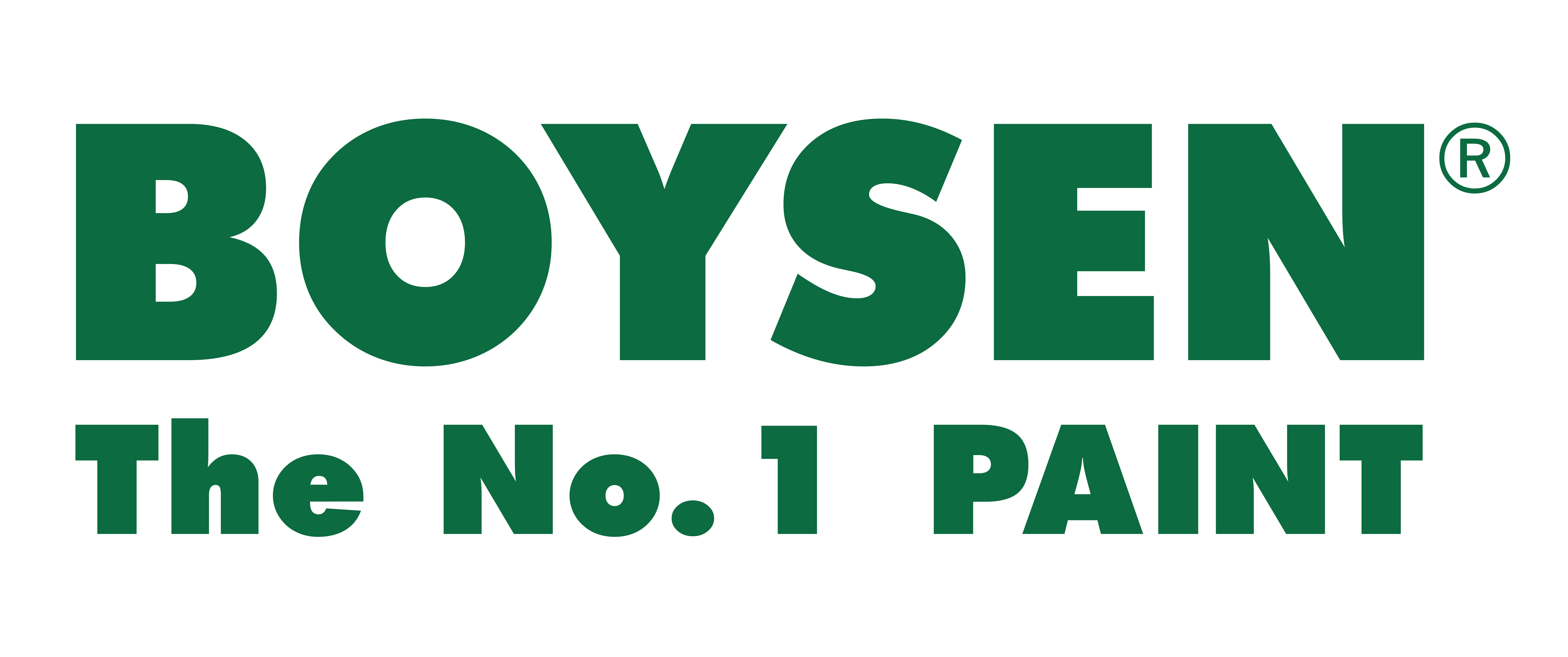
.jpg)

